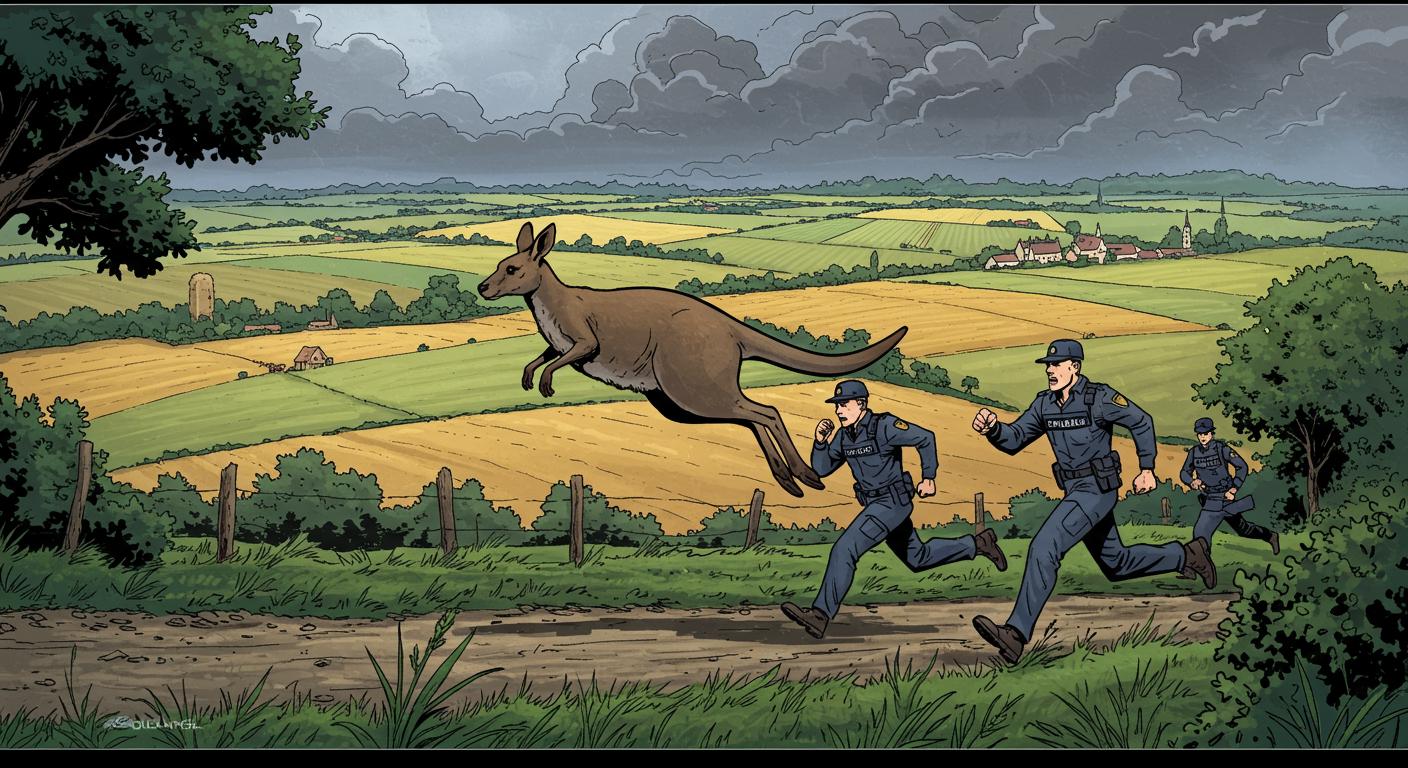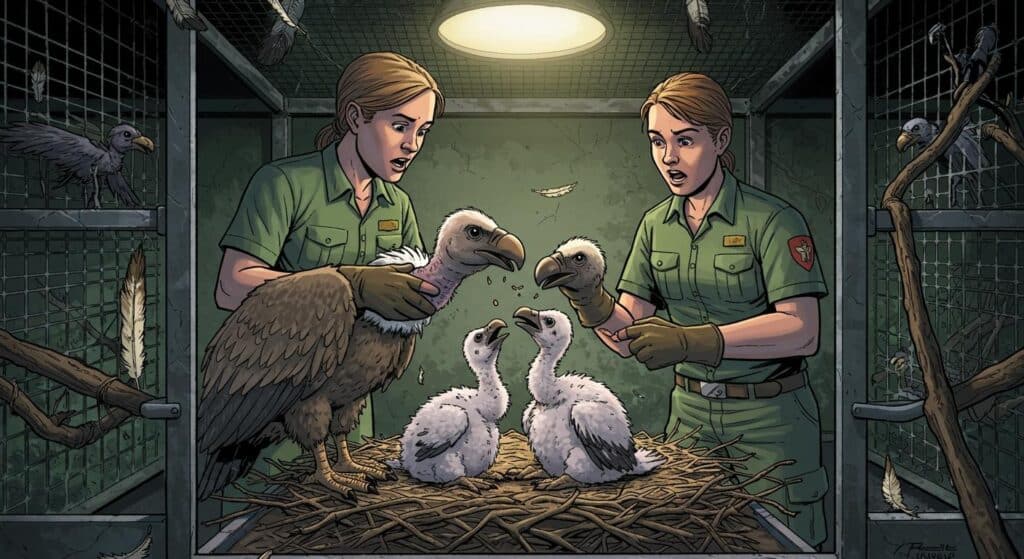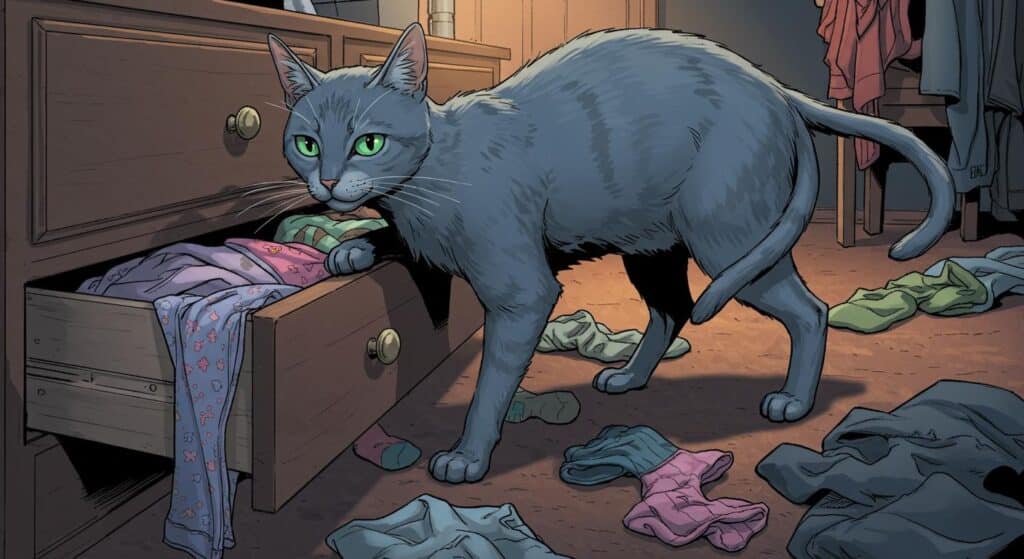Anyone who’s ever lost a pet knows that sinking feeling when you realize something furry and nimble has outwitted your fences. But it’s one thing when the escapee is a tabby cat or a small dog. When the fugitive in question is a wallaby, and the adventure involves international borders, we venture well beyond the usual territory of missing animal flyers and late-night backyard searching.
Marsupial on the Move: A Blasé Border Crossing
In an incident described by UPI, two wallabies made a break for it from their home in Belgium’s Herseaux district over the weekend. City officials from Mouscron announced on social media that both marsupials managed to escape, but only one’s itinerary would earn it particular notoriety. As detailed in the outlet’s reporting, at least one wallaby crossed the Belgian-French border, seamlessly sidestepping any need for documentation or customs declarations—a level of travel freedom most humans can only envy.
Firefighters in the French town of Wattrelos were ultimately called in to handle this marsupial migrant. Nord Firefighters, also posting on social media and quoted by UPI, outlined the animal’s capture: technicians used a net before securing the wallaby by its tail—a method firefighters emphasized was both painless and tactful, cleverly avoiding kicks, scratches, or bites. The wallaby, wrangled and caged with minimal fanfare, was promptly returned to its Belgian owner, possibly having acquired a mild distaste for Gallic hospitality.
The Unaccounted For
Of course, not every escapee’s journey ends with a safe return and a story to tell. UPI highlights that the second wallaby remains unaccounted for, its current location a matter of mild speculation and, perhaps, envy among aspiring escape artists everywhere. Is the missing marsupial laying low somewhere amidst the low country greenery, or is it drawing up ambitious plans for further cross-border excursions? The data, as yet, is silent—leaving room for just enough curiosity to linger.
Animal Autonomy: The Ongoing European Edition
These incidents appear to be part of a broader continental trend: a veritable parade of animals determined to sample life outside their prescribed habitats. UPI’s recent roundups point to a summer rich in unusual escapes: a tortoise in England was discovered outside an ice cream parlor nearly three miles from home after a sixteen-day sojourn; in Florida, a raccoon lived up to its reputation by getting itself thoroughly wedged inside a trash can, only to be rescued by firefighters. The same outlet documents a thirsty emu gone rogue in Orange County and a California neighborhood upended by the recurring antics of an illicit, yard-plundering pig. Oddity seems to be on a world tour of its own.
Whether this uptick in animal wanderlust signals fences losing their edge or animals simply entertaining an innate zest for adventure remains a tempting question. Some might argue the creatures are merely following the path of least resistance; others may detect evidence of a more deliberate, if inscrutable, agenda.
Final Reflections
As this particular international caper draws to a close—with one wallaby home, the other still at large—we’re left with the enduring image of humans busily erecting barriers and rules, only to see select members of the animal kingdom treat them as little more than polite suggestions. According to UPI’s documentation, this run of animal misadventures offers no shortage of amusement (and perhaps a hint of admiration for the determinedly mobile).
Wherever the missing wallaby has ended up—lounging in the Belgian undergrowth, dreaming of Parisian gardens, or simply enjoying the thrill of the unknown—it serves as a gentle reminder that sometimes, the boundaries we set are purely theoretical. And really, who among us hasn’t at least once considered making a break for the border, if only to see what’s on the other side? Sometimes, as reality handily demonstrates, life is stranger than even the most inventive fiction.







